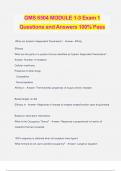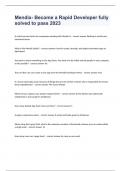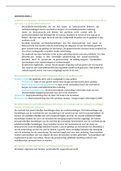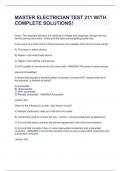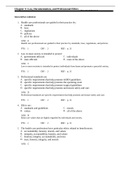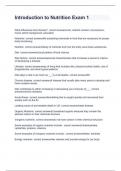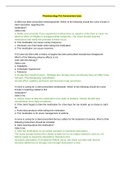Class notes
Topic 1 (Causes, practices and effects of wars) - World War Two
- Course
- Institution
Notes on WWII, originally for IB History. Includes the origins, escalation and consequences of the Second World War, and a small section on the UN
[Show more]




